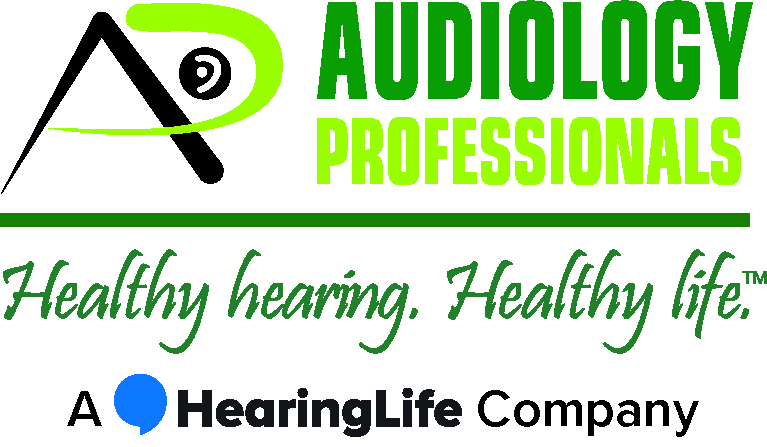Ultrasonic sounds, frequencies that soar above the upper limit of human hearing, have become a cornerstone in various technological and industrial applications. Despite their inaudibility to human ears, these high-frequency sounds play a pivotal role in our daily lives, from medical diagnostics to pest control.
In this blog post, we delve into the fascinating world of ultrasonic sounds, exploring their myriad applications and discussing the potential impacts they may have on human hearing.
Applications of Ultrasonic Sounds
Ultrasonic sounds can have a variety of applications. These include:
Medical Imaging and Diagnostics
One of the most well-known uses of ultrasonic sound waves is in medical imaging, particularly in ultrasound scans. These scans employ ultrasonic waves to create images of the inside of the body, aiding in the diagnosis and monitoring of medical conditions, fetal development, and organ function.
Industrial Non-Destructive Testing
Ultrasonic testing is a non-destructive testing technique used in industries to detect flaws in materials. By sending ultrasonic waves through materials like metals and composites, technicians can identify defects without causing damage.
Cleaning
Ultrasonic cleaners use high-frequency sound waves to clean delicate items such as jewelry, lenses, and surgical instruments. These ultrasonic cleaners work by creating cavitation bubbles in a cleaning solution, which gently remove dirt and grime.
Pest Control and Repellents
Some pest repellent devices emit ultrasonic frequencies to deter pests like rodents and insects, which are sensitive to these high-pitched sounds. However, the effectiveness of ultrasonic pest repellents has been a topic of debate among experts.
Sonar and Navigation
Ultrasonic sound waves are crucial in sonar technology, used by ships and submarines to navigate and map the ocean floor. The principle of sonar involves emitting sound waves and listening for their echoes to determine the location of objects underwater.
Impact on Hearing
While ultrasonic sounds are beyond the range of human hearing, which typically caps at 20 kHz, there is a concern about their potential impact on hearing, especially with prolonged exposure. Studies have suggested that exposure to ultrasonic noise can lead to symptoms such as nausea, dizziness, and tinnitus, even if the sounds are inaudible to us. The Occupational Safety and Health Administration (OSHA) provides guidelines on permissible noise exposure to protect workers in environments where ultrasonic devices are used.
Moreover, certain populations, such as children and young adults, may be able to hear some frequencies that are considered ultrasonic, which could potentially lead to auditory issues if exposed to high levels without adequate protection.
Ultrasonic sounds, while imperceptible to our ears, are integral to numerous applications that enhance our quality of life. From the precision of medical diagnostics to the depths of underwater exploration, the benefits of ultrasonic technology are undeniable.
However, it is crucial to continue researching and regulating the use of ultrasonic sounds to prevent any adverse effects on human health, ensuring that this powerful tool does more good than harm. As we harness the power of ultrasonics, we must also listen to the needs of our well-being, striking a balance between innovation and safety
Contact Us Today!Your hearing health is important to us. If you are having trouble hearing, contact the Audiology Professionals team by calling (541) 228-9233. Alternatively, click here to contact us online.
